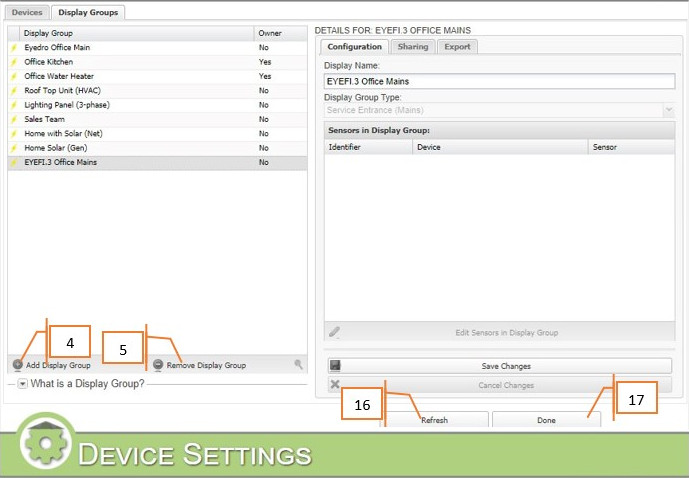

- #Data annotations display name how to#
- #Data annotations display name code#
- #Data annotations display name windows#
Specifies how to display values for the property. If this property is True, the TableName attribute is added to the class. Applied only if the DynamicData template property is set to True. Specifies the name of the collection of this entity type that is shown to user. If this property is True, the Displa圜olumn attribute is added to the class. Specifies the column used to display the entity in other entities' navigation properties. If this property is True, the ScaffoldTable attribute is added to the class. Specifies whether this type should be scaffolded. Specifies the error message to associate with a validation control if required validation fails.ĭefines whether to generate Data Annotations validation attributes that specify validation rules for entity properties.

Specifies the error message to associate with a validation control if range validation fails. Specifies the error message to associate with a validation control if numeric validation fails. Specifies the error message to associate with a validation control if length validation fails. Specifies the error message to associate with a validation control if IPAddress validation fails. Specifies the error message to associate with a validation control if regular expression validation fails. Specifies the error message to associate with a validation control if email validation fails. Additionally, the resource name for your error message for the corresponding validator must be equal to the name of a property from the ValidationErrorMessages property. For this, specify the name of the resource type for error messages in the following format: ResourceType=. for the sake of internationalization), you can use error messages stored in the application resources. If you do not want to use hardcoded error messages (e.g. Specifies error messages to associate with a validation control if validation fails.
#Data annotations display name windows#
Specifies whether to generate attributes that define metadata for Windows Communication Foundation (WCF). Specifies whether to generate attributes that define metadata for WCF RIA Services. Specifies whether to generate attributes that define metadata for ASP.NET Dynamic Data. Specifies whether to generate attributes that define metadata for ASP.NET Core MVC. (This property is available in the standalone application only) The directory to contain the generation results. (This property is available in the Visual Studio add-in only) The name of the directory in the Visual Studio project where the generation result will be located.

(This property is available in the Visual Studio add-in only) The name of the Visual Studio project where the generation result will be located. OutputĪllows specifying the output folder for the generated entity classes. Specifies whether the generated metadata classes should be nested into partial entity classes. If a property does not have display name specified, the corresponding resource file string value will be generated from the property name: a space will be added before each capital letter of the property name. The generated resource file will contain the display name values for all entity properties. If this property is set to True, ResourceType for a Display attribute will be typeof(), and Name will be specified as a reference to a resource file string. Default value is False, which means, hard-coded values will be used. Acceptable values are True or False.ĭetermines whether a resource file, containing the DisplayName strings for entity properties, will be generated and used by the Display attribute, or the DisplayName values will be hardcoded into the generated Display attributes. Note that the order of attributes in the attribute array changes, so you must use the GetType(.) instead of a numeric parameter.Indicates whether the template is enabled. Pd.Attributes(GetType())Į.Column.Header = DisplayAttrib.ShortName OnGeneratingColumn becomes: Dim pd As = e.PropertyDescriptorĭim DisplayAttrib As =
#Data annotations display name code#
To get the DisplayName, you need to add a routine (in the code behind) to handle the GridAutoGeneratingColumn event: Private Sub OnGeneratingColumn(sender As Object, e As ) Handles Grid.AutoGeneratingColumnĭim pd As = e.PropertyDescriptorĪn additional and better solution is to use the ComponentModel.DataAnnotations namespace and specify ShortName: Public Class modelQ016 Using suggestion was the beginning of the solution, but taken on it's own, the AutoGenerated columns still have the property names as headings.


 0 kommentar(er)
0 kommentar(er)
